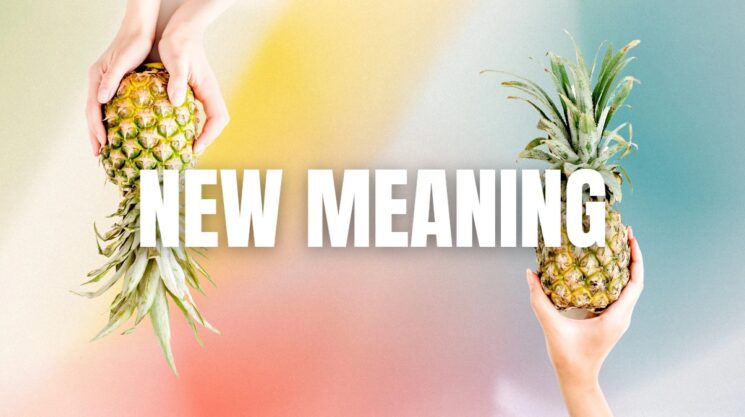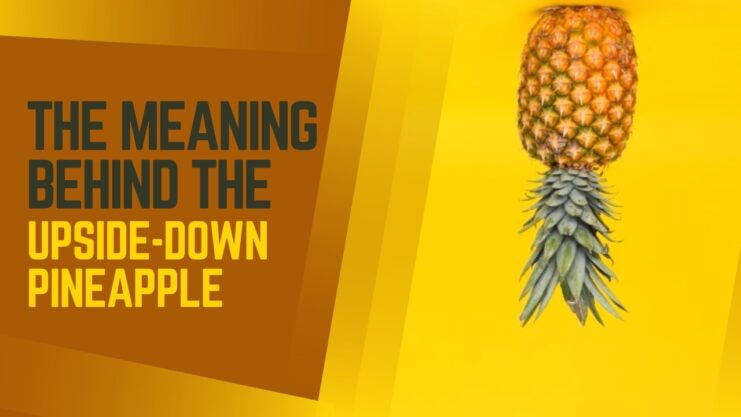In the labyrinthine world of symbolism, there exist curious enigmas that pique our interest and stir our curiosity. One such mystifying symbol is the upside-down pineapple, a seemingly mundane fruit turned icon of hidden meanings and secret signals. But what does an upside-down pineapple truly mean? To grasp the essence of this intriguing symbol, one must delve into its historical roots, cultural significance, and its evolution into a modern-day emblem.
Historical Roots: A Sweet Beginning
To uncover the meaning behind the upside-down pineapple, we must embark on a journey through time, tracing its origins to the colonial era. During the 17th and 18th centuries, pineapples were exotic fruits, rare and highly coveted in Europe and the American colonies. Due to their scarcity and labor-intensive cultivation process, these succulent fruits became symbols of hospitality, wealth, and prestige. Wealthy colonial families would showcase their affluence by adorning their banquets with this tropical delight, often placing them at the center of the table to impress their guests.

Cultural Significance: A Token of Hospitality
The pineapple’s association with hospitality became deeply ingrained in Western culture. As a result, the fruit became a popular motif in architecture, furniture, and decorative arts. Pineapples adorned gateposts, bedposts, and door knockers, signifying a warm welcome to visitors. The act of turning the pineapple upside down became a clever way to communicate a message. When a pineapple was placed upside down on a porch or at the entrance of a home, it was a signal to sailors and travelers that they were welcome to visit and share a meal.
The Upside-Down Pineapple in Modern Culture: A Subtle Message
In contemporary times, the meaning of the upside-down pineapple has evolved and taken on new dimensions. It has become a symbol within certain subcultures, signifying openness to engaging in unconventional relationships, particularly in the realm of swinging and polyamorous communities. Couples or individuals in these lifestyles may use an upside-down pineapple emoji or display a decorative upside-down pineapple in their homes to discreetly signal their interests and preferences to like-minded individuals.

Debunking the Myths: Clarifying Misconceptions
Despite the intriguing history and contemporary connotations, the symbolism of the upside-down pineapple is not universally recognized. It remains a relatively obscure symbol, known primarily within specific communities. Therefore, it is essential to acknowledge that the meaning of the upside-down pineapple can vary greatly depending on context. While it may signify hospitality in one context, it might carry a different meaning in another, emphasizing the importance of understanding symbols within their specific cultural and social contexts.
Conclusion: The Upside-Down Pineapple Unraveled
In the intricate tapestry of symbolism, the upside-down pineapple stands as a multifaceted emblem, weaving together threads of history, culture, and modern subcultures. From its origins as a mark of hospitality to its subtle signals in contemporary relationships, the upside-down pineapple continues to intrigue and mystify those who encounter its enigmatic message. As we navigate the complexities of symbols and their meanings, the upside-down pineapple reminds us of the richness of cultural traditions and the ever-evolving nature of symbolism in our diverse world.

